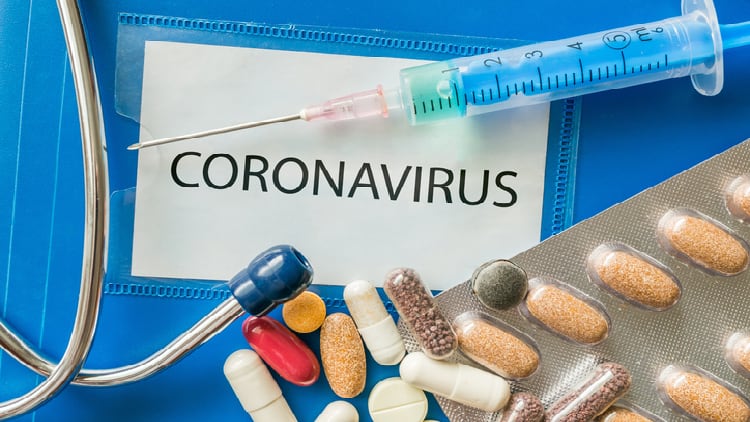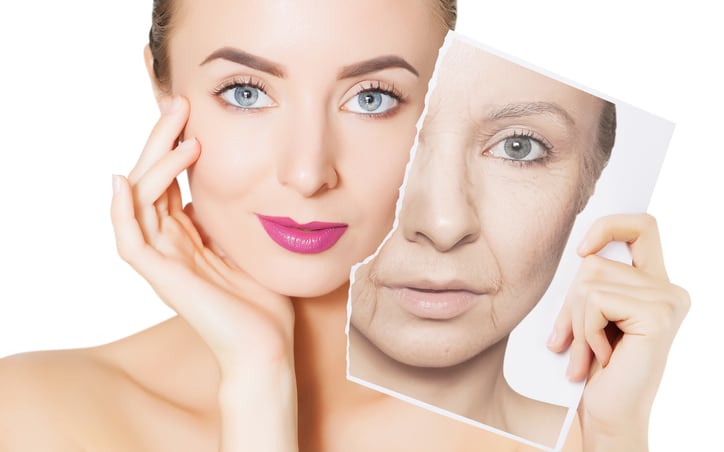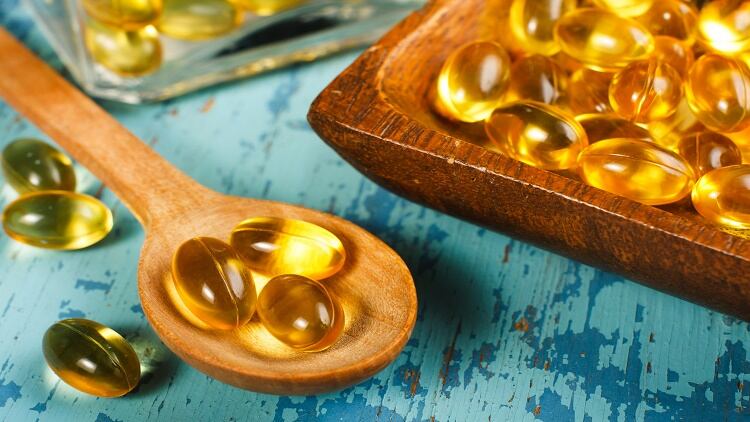According to an aggregation of findings in the review titled “Influence of Nutritional Intakes in Japan and the United States on COVID-19 Infection” published in the journal Nutrients, the US diet contains very low levels of DHA and EPA compared to the Japanese diet.
However, high intakes of EPA and DHA from sources like fish can improve health and possibly prevent cardiovascular diseases in the Japanese.
“The key questions (to be asked) are why certain people are more susceptible to COVID-19 and the role of good nutrition in supporting immune function.
“Japan and the US are modern democratic countries with populations of over 100 million. Although both countries have loose COVID-19 regulations, the numbers of patients and deaths per million people due to COVID-19 differ markedly (119,026 and 1965, respectively, in the U.S. compared with 11,381 and 126, respectively, in Japan, as of 28 August 2021).
“Even among the vaccinated, these differences are very large: cases and deaths per million were 167,302 and 2537, respectively, in the U.S. but only 13,776 and 146, respectively, in Japan, as of 2 January 2022. Therefore, the present study focused on the reasons for these differences,” said the researcher Yasuo Kagawa.
Kagawa hypothesised that the dietary difference between Japan and the US is one of the major factors explaining the large difference in COVID-19 infections between the two countries.
For this review, 1,209 papers from databases such as PubMed and CiNii were accessed, deriving 10 major factors for comparison, like nutritional prevention, obesity and immunity, and nutritional intake.
Proving the hypothesis
Based on the data retrieved, there were significant differences in nutrient and food intakes between Japan and the US.
For example, the intake of saturated fatty acids in Japan was around 20g for men and women, but the intake in the US was around 34g for men and 26g for women.
The US diet also consists of a large amount of junk food, high dietary inflammatory index (DII) and low fibre, polyunsaturated fat and antioxidant content, which may increase vulnerability to COVID-19.
Compared with food intakes in Japan (100%), the US beef consumption was 396%, sugar and sweeteners 235%, fish 44.3%, rice 11.5%, soybeans 0.5%, and tea 54.7%. The last four of these foods contain functional substances that may reduce the risk of infection, stated the paper.
The sugar and sweetener intakes were 66.8 and 27.1 kg per capita annually in the US and Japan, respectively. Consumption of sugar-sweetened beverages is associated with the incidence of type 2 diabetes.
Thus, the large intake of saturated fats and sugar in the US causes obesity and diabetes, leading to increased risks of COVID-19 infection and mortality, stated the paper.
In terms of vitamin consumption, vitamins A, B complex, C, D, and E, which can boost the immune system, are lower; thus, deficiencies may predispose one to COVID-19 infection.
In the Japanese diet, fish contains large amounts of vitamin D and fermented soybeans (natto) have lots of vitamin K (600 μg per 100g).
Contributing factors
The differences in diet could be linked to several factors, such as the subjects’ socioeconomic status and immunological considerations.
Despite their high vaccination rates, it was found that there was still a large difference (more than 10 times) between the number of people infected with COVID-19 and the mortality rate compared to before vaccination in the two countries.
The paper argued this could be due to the significant differences in diets.
In conclusion, the large differences in nutrient intakes and the prevalence of obesity, but not racial differences, may be partly responsible for differences in the incidence and mortality of COVID-19 between the U.S. and Japan.
“The findings of this nutritional study will contribute to increasing resistance against COVID-19 and other infectious diseases in the future,” concluded the researcher.
Source: Nutrients
DOI: 10.3390/nu14030633
“Influence of Nutritional Intakes in Japan and the United States on COVID-19 Infection”
Author: Yasuo Kagawa




